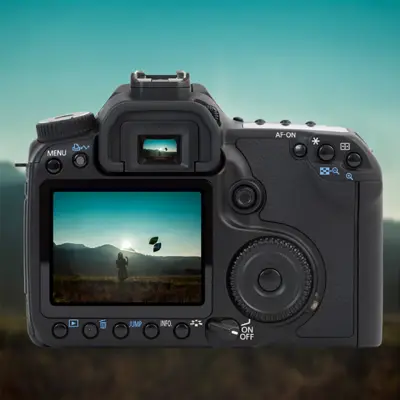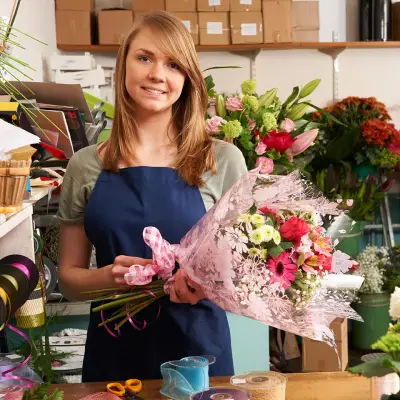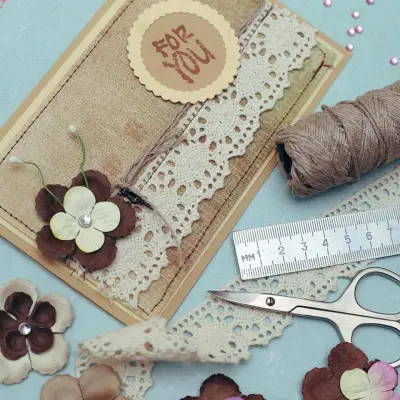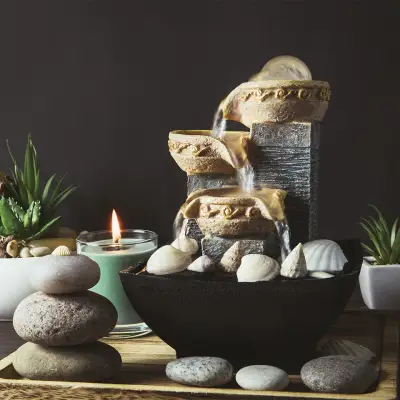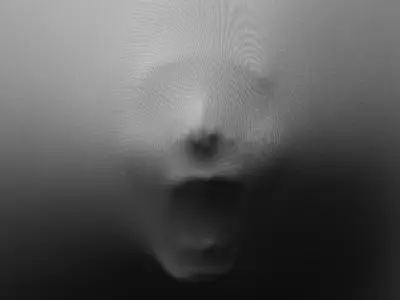Welcome to the world of acrylic painting! Whether you're just starting out with acrylics or have been at it for a while, mastering fundamental techniques is your artistic foundation. In this article, we explore the must-know acrylic painting techniques that will enable you to produce wonderful artwork!
Jump to:
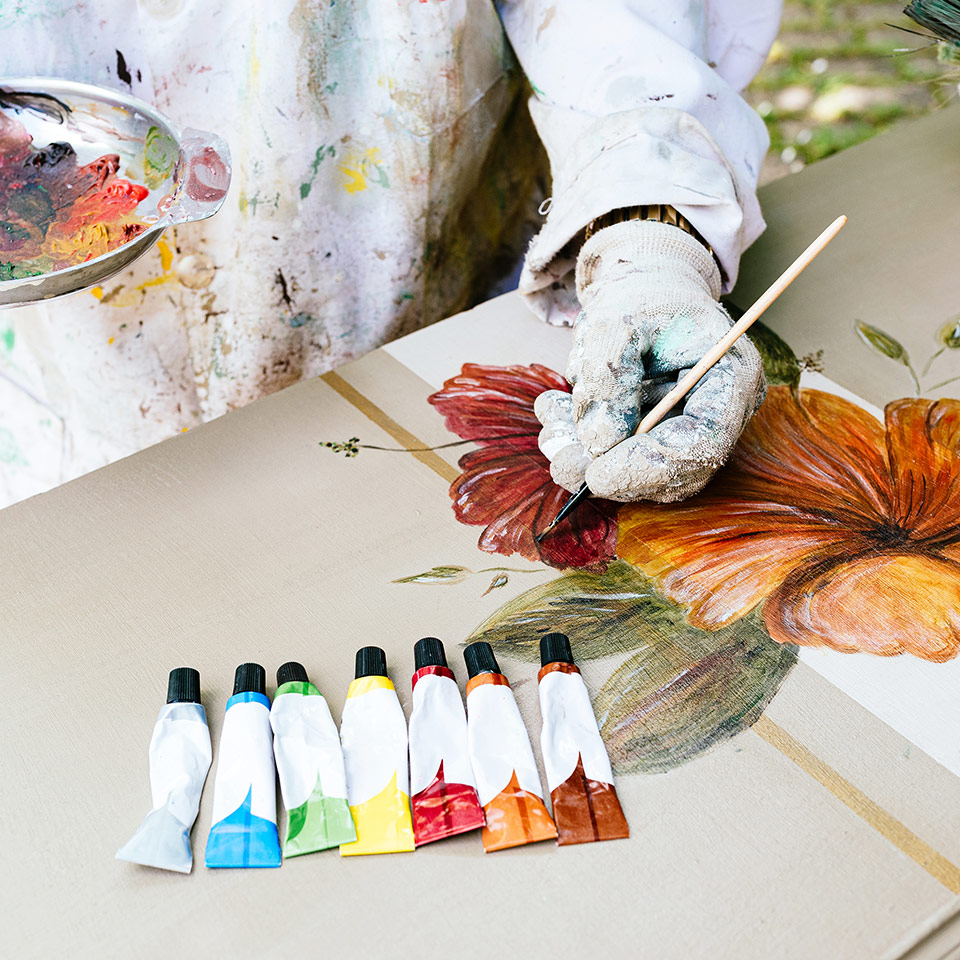
What Are Acrylic Paints?
Acrylic paints are made of pigments that are suspended in an acrylic polymer emulsion, which basically means they’re water-based and quick drying! This is a huge part of the reason why artists love acrylics so much. You don't have to sit around waiting for weeks for the paint to dry before you can add new layers. They’re also super versatile, so you can apply them thickly for a textured, impasto effect or thin them with water to create watercolour-like washes.
Acrylic paints are durable and water-resistant when dry, and brushes that have touched them can be cleaned with just water - unlike oil paints, which require strong solvents for cleaning brushes and palettes. And finally, acrylics can be used on a huge variety of surfaces, from canvas to wood, glass, and even metal, making them ideal for experimentation and expressing creativity.
Recommended for you!
Best SellersBasic Acrylic Techniques
Before we move on to the more advanced acrylic painting techniques, here are some of the basic techniques that every beginner should be familiar with.
Brushwork and Blending
Brushwork is the foundation of acrylic painting. Your choice of brushes - whether it's flat, round, fan, or filbert - will impact how your artwork looks. Therefore, mastering brush control is a must; this involves adjusting the pressure, angle, and speed so you can create multiple different strokes and textures. It’s also important to understand various blending techniques like wet-on-wet and wet-on-dry, so you can start merging colours and creating smooth colour gradients.
Layering and Transparency
Layering allows you to add depth to your art, and the transparency and opacity of acrylic paints also play a role in this. You’ll find that some colours are more transparent and create a luminous glaze, while others are opaque, giving you solid coverage. Techniques like scumbling (layering opaque colours) and glazing (using transparent layers) build depth and volume, giving the subjects/objects in your painting a three-dimensional quality.
Mixing Colours
Understanding colour theory and relationships, like primary, secondary, and tertiary colours, is essential. If you can learn how to apply colour harmonies like complementary, analogous, and triadic, you can create visually-appealing compositions and achieve the precise colours you need for your artwork.
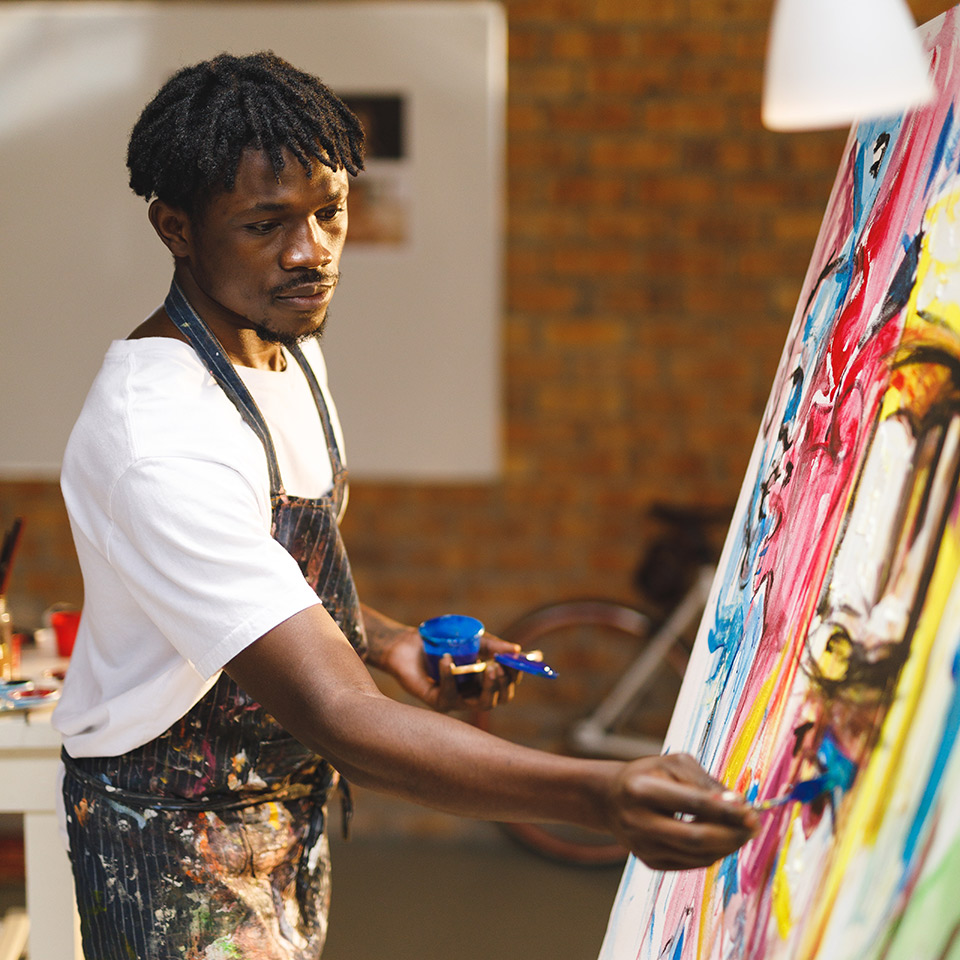
Advanced Acrylic Painting Techniques
Dry Brushing
Dry brushing is a method that involves taking a paintbrush, applying a minimal amount of acrylic paint to it, and carefully removing excess paint until the brush is nearly dry. It’s a technique used by artists who want to achieve a range of effects, in particular highlighting details and adding texture to their work. With dry brushing, you can create very precise and controlled brush strokes, so whether you want subtle highlights or bold and expressive strokes, it’s up to you!
Pouring and Dripping
This technique can be quite fun, and messy! It involves taking acrylic paint, mixing it with various pouring mediums, and letting it flow freely or drip across the canvas. Some artists like to describe this technique as “controlled chaos” as, once the paint hits the canvas, it creates unpredictable patterns as though it has a mind of its own. What you do have control over is the direction of the pour and the consistency of the acrylic paint.
Glazing
Glazing is a more sophisticated technique. It involves applying thin, translucent layers of acrylic paint over an existing layer, creating a subtle and luminous effect. It requires a lot of patience and precision, as you have to allow each layer to dry before adding the next if you want to build up colour and depth in your painting. It also gives your painting a beautiful, polished finish.
Underpainting
Underpainting is the initial layer of paint that’s applied to the canvas or surface before you paint the main subject. It’s usually just one colour and it sets the tone for your artwork. For example, if you are painting a landscape and you underpaint with a warm, orange tone, your painting will have a soft and inviting feel to it, whereas a cool, monochromatic underpainting might make your landscape painting feel mysterious and distant.
Spraying
Spraying involves using airbrushes or spray bottles to apply acrylic paint onto the canvas. It’s a great technique if you’re trying to achieve misty or gradient effects that are hard to achieve with traditional paint brushes and, depending on the spraying tool you’re using, you can also experiment with the intensity and direction of the spray.
Stippling
Stippling is a more labour-intensive technique. You apply numerous tiny individual dots of paint to the canvas, carefully spaced and layered to form different shapes and tones. To do this, you can use various paint brushes, sponges, or even your fingertips! You can control the pressure and texture to create beautifully detailed patterns with precision.
Using a Palette Knife
Painting using a palette knife adds a layer of dimension and texture to your painting. Unlike brushes, palette knives have a flat, flexible blade that allows you to create bold, textured strokes of paint on your canvas. Depending on how you manipulate the paint with the palette knife, you can give your painting an almost sculptural quality.
If we’ve inspired you to pick up a paintbrush and either return to the world of acrylic painting or explore it as a complete beginner, we invite you to check out our accredited Acrylic Painting Diploma course. On sale for only £29 (save £118!), it’s designed to take you from a complete beginner to a confident painter!
